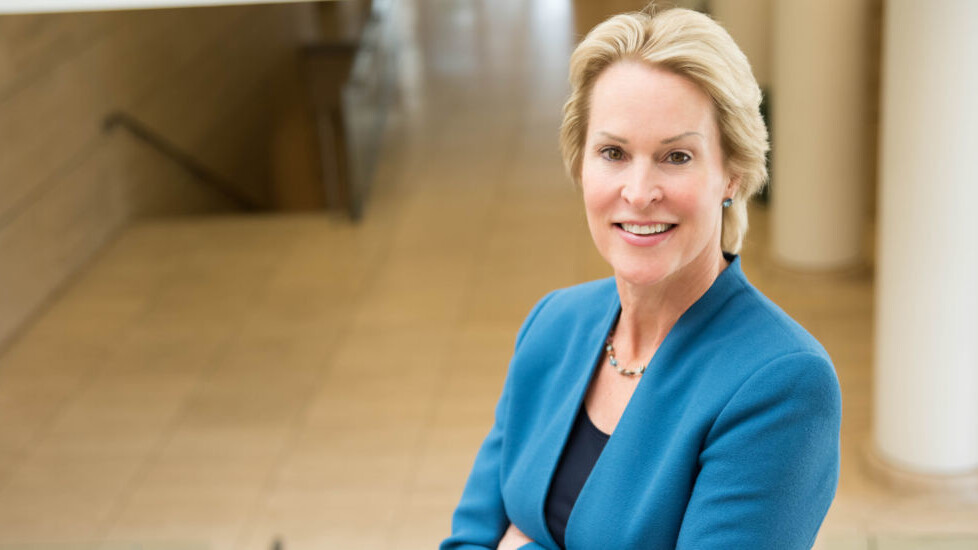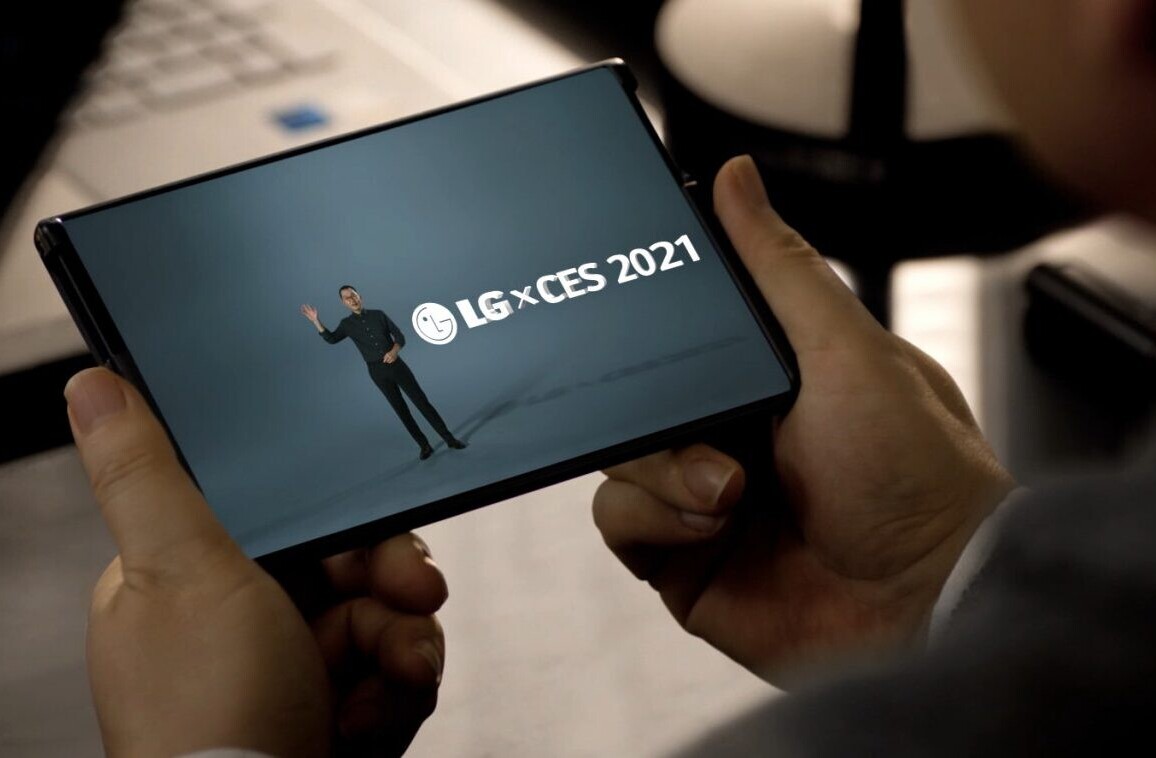“Uncountable organisms are working 24 hours a day, seven days a week to exploit new opportunities and overcome challenges that we put in their path. So the biological world is the most spectacular example of crowdsourcing and problem solving – nature’s been doing that for several billion years,” said Professor Frances Arnold as she was awarded the 2016 Millennium Technology Prize for her work in directed evolution.
The methods she invented are used to mimic the natural selection processes of nature, where random DNA mutations happen constantly as organisms adapt to environmental factors. Through those processes it is possible to generate those mutations so that ones with useful properties can be selected and engineered to fulfil specific needs.
Finland’s President Sauli Niinistö presented Professor Arnold with the award in the form of the “peak” trophy, a beautiful translucent sculpture by a local artist (the Finns are rightfully proud of their design heritage). The biannual award celebrates innovations that improve quality of life for humanity, and previous winners include World Wide Web creator Sir Tim Berners-Lee.
I’ve spent the last 30 years putting evolution into action to solve human problems such as how we might convert abundant renewable resources into the fuels, chemicals, materials, and the things we need in our daily lives.
After spending the last week in Helsinki, I can see why Professor Arnold’s vision appeals to the Finns, who constantly strive towards sustainability and have a deep connection with nature. The idea that we have much to learn from the natural world resonates deeply with the Finnish psyche.
The very best inventor and engineer of all time – and you haven’t yet awarded the prize to this – is nature.
In her speech professor Arnold said that when it comes to finding elegant and efficient solutions, she finds it hard to believe that humans would ever do a better job than nature.
What’s out there hasn’t been written by humans, it’s the result of four billion years of evolution. We’re just learning to hold a pencil in the grander scheme of things, working on the level of a single protein.
This isn’t only about idealism, however.
Although Frances Arnold is clearly passionate about conservation and thoroughly committed to helping reduce the harmful impact that humanity has on the environment, the applications of her technology are imminently practical and unapologetically commercial.

Her innovations are now used in hundreds of companies and laboratories around the world to overhaul costly industrial processes that use fossil raw materials in the production of fuels, paper, pharmaceuticals, textiles and chemicals.
My entire careers I have been concerned about the damage we are doing to the planet and each other. Science and technology can play a major role in mitigating our negative influences on the environment. Changing behavior is even more important, however. I feel that it is easier when there are good, economically viable alternatives to harmful habits.
The way the process hinges upon iteration will also be familiar to those working in technology, as it’s the cornerstone of how start-ups in the sector innovate. If you think about it, the “fail fast, learn, adapt, repeat” process that feeds those business ecosystems is intrinsically evolutionary.
“Evolution is the true innovation machine,” says Professor Arnold, explaining that nature’s design works like a powerful algorithm that can scale from molecules to entire eco-systems. From this seemingly chaotic primordial soup come elegant solutions to every conceivable problem, from energy, water, food, environment, and medicine.
As the famous Jeff Goldblum line in Jurassic Park goes, “life… uh… finds a way.”
Another of the most interesting things that this award highlights is the fact that science does not happen in a vacuum and it’s important to address global issues in a holistic and interdisciplinary way.
Significantly, when Arnold first embarked in her career in the 1970s, there was no such thing as a biochemical engineer. She has since gone on to be the first woman to be elected to all three US National academies – The National Academy of Sciences, The National Academy of Engineering, and the Institute of Medicine.
To girls looking to follow in her footsteps, her message is clear: If you don’t see the space where you’d like to work, go ahead and create it.
When asked whether she thought her achievement would inspire a new generation of women to pursue STEM careers, she replied “I hope so, we need all the brains we can get if we’re to solve all these problems, and this prize will highlight the fact that yes, women can do this, they can do it well, and that they can make a contribution to the world and be recognized for it.”
In recalling her own experience of choosing a career in science, she paid tribute to her father – nuclear physicist William Howard Arnold, who passed away last year – for encouraging her to become an engineer ‘so she’d always have a job.’ “He was right, I’ve always had a job, and I still have the best job,” she said.
Whenever I see a problem I feel compelled to use my creativity to solve it. Imagine if we got to the point where we could replace the chemical industry with natural processes. This prize is recognition of the fact that this is not just a dream.
Get the TNW newsletter
Get the most important tech news in your inbox each week.





